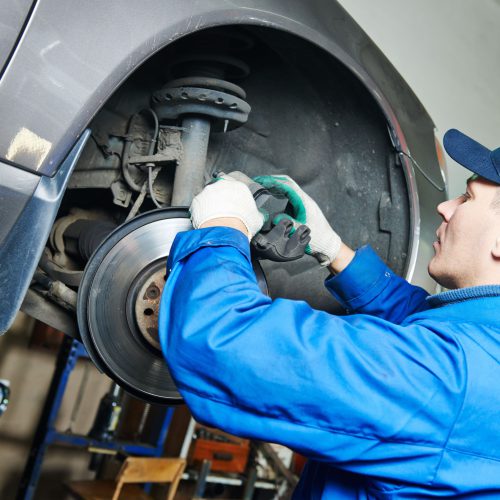Evaluating the Impact of New Safety Regulations
Federal AEB Mandate 2029. The recent finalization of a federal rule mandating automatic emergency braking (AEB) systems in cars and light trucks by 2029 poses both challenges and advancements for automakers. This regulation aims to enhance vehicle safety through technological innovation, especially at higher speeds and during nighttime conditions.
Introduction to the New AEB Requirements
The National Highway Traffic Safety Administration (NHTSA) has introduced rigorous requirements for automatic emergency braking systems. To comply with the new law, manufacturers must now ensure that these systems operate effectively at higher speeds and in low-light conditions, driving innovation beyond existing standards. Read more about the regulation here.
Speed-Related Compliance Details
Under the new regulations, all vehicles must automatically halt to prevent collisions at speeds up to 62 mph and manage braking up to 90 mph for imminent car collisions and 45 mph for pedestrian detection. The heightened speed requirements demand more advanced sensor technology and better predictive capabilities in vehicles.
Challenges in Meeting Higher Speed Demands
Recent tests by the Insurance Institute for Highway Safety (IIHS) reveal that AEBS systems in small SUVs struggle at higher speeds. While systems performed well at lower speeds, their effectiveness diminished as speeds increased, indicating a significant challenge for automakers in adhering to the new standards.
What is AEBS?
The World Forum for Harmonization of Vehicle Regulations defines AEBS (Automated Emergency Braking System) as a system required by UN ECE regulation 131 to detect potential forward collisions and automatically activate brakes to avoid or mitigate a collision. Regulation 152 mandates a minimum deceleration of 5 meters per second squared. AEBS warns the driver of impending collisions and can autonomously take action (braking or steering) to prevent them. At lower speeds, braking is used for collision avoidance, whereas steering might be preferable at higher speeds if lanes are clear. These systems often include adaptive cruise control, utilizing similar sensors.
Nighttime Effectiveness of AEB Systems
The rule extends the AEB system requirements to function accurately in nighttime conditions—a scenario where traditional camera-based systems often falter. This will likely necessitate further investment in alternative technologies such as lidar or thermal imaging to enhance detection and reliability after dark.
The Potential Safety Benefits
Despite the challenges, the implementation of this rule is expected to prevent front-to-rear crashes by 50 percent, save 360 lives, and avoid 24,000 injuries annually. This is supported by the National Highway Traffic Safety Administration (NHTSA). However, automakers must also address the risks of system malfunctions, which have led to unintended activations and accidents in the past.
Enhancing Driver Assistance Technologies
The enhanced AEB capabilities could significantly improve the safety features of driver-assistance systems like Tesla’s Autopilot and Ford’s BlueCruise, particularly in scenarios where the vehicle fails to stay in a lane or the driver is distracted.
A Step Forward in Automotive Safety
The new AEB mandate by NHTSA represents a significant step forward in leveraging technology to enhance road safety. While the road to compliance might be demanding, the potential to reduce accidents and save lives underscores the importance of this evolutionary shift in automotive standards. As technology progresses, automakers are expected to meet these challenges head-on, ushering in a new era of safer, more reliable vehicles.

